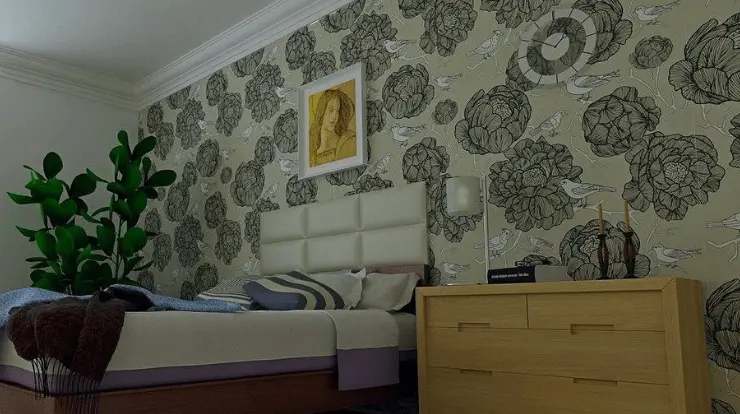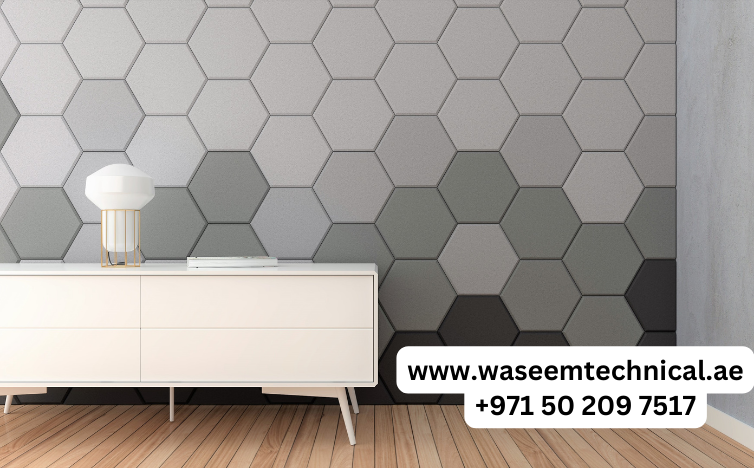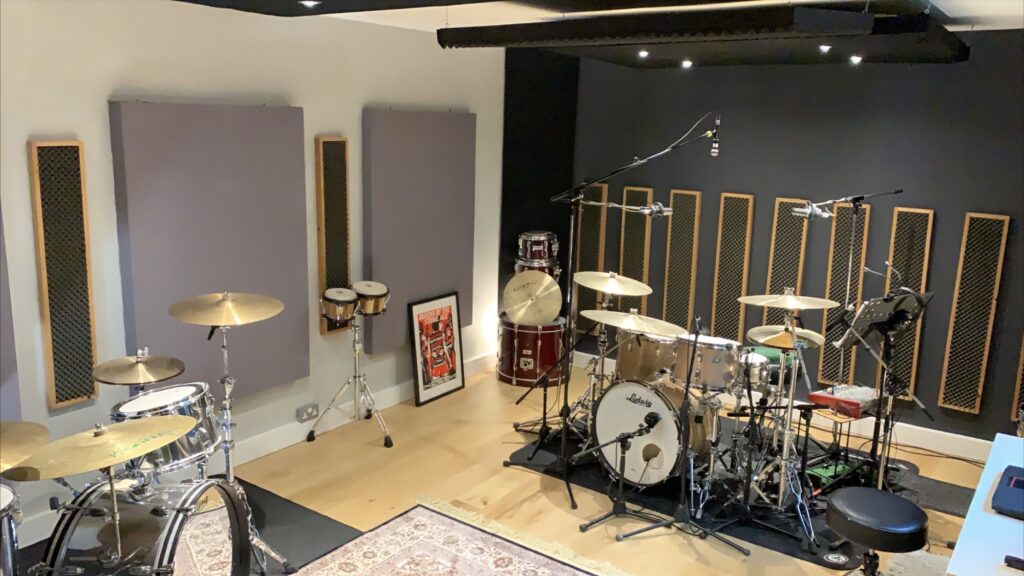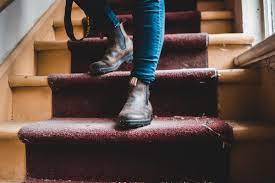In recent years, as the demand for quieter living and working spaces has surged, innovative solutions like soundproof wallpaper have gained significant attention. With promises of reducing noise levels and enhancing acoustic comfort, many are left wondering: Does soundproof wallpaper really work? In this article, we delve into the intricacies of soundproof wallpaper, examining its effectiveness, installation process, and potential benefits.
Understanding Soundproof Wallpaper:
Soundproof wallpaper, also known as acoustic wallpaper or noise-reducing wallpaper, is a specialized wall covering designed to mitigate unwanted noise transmission. Unlike traditional wallpaper, which primarily serves decorative purposes, soundproof wallpaper incorporates acoustic materials that absorb, block, or dampen sound waves, thereby reducing the level of noise that passes through walls.
How Does Soundproof Wallpaper Work?

Soundproof wallpaper works through a combination of absorption, blocking, and damping techniques:
- Absorption: Many soundproof wallpapers feature porous materials such as foam or fabric that absorb sound waves. These materials convert sound energy into heat, thereby reducing the intensity of noise.
- Blocking: Soundproof wallpapers often include dense layers or barriers that impede the transmission of sound waves through walls. These barriers act as a physical barrier, preventing noise from passing through the wall assembly.
- Damping: Some soundproof wallpapers incorporate materials with damping properties, which dissipate sound energy upon contact. This mechanism reduces vibrations and minimizes the resonance of wall surfaces, further diminishing noise transmission.
Installation Process of Soundproof Wallpapers
Installing soundproof wallpaper typically follows a straightforward process, but it may require careful attention to detail for optimal results:
Surface Preparation:
Ensure that the wall surface is clean, dry, and free from any debris or imperfections. Smooth out any bumps or rough areas to create a uniform base for wallpaper application.
Application of Adhesive:
Apply an appropriate adhesive to the back of the soundproof wallpaper according to the manufacturer’s instructions. Spread the adhesive evenly to ensure proper adhesion to the wall.
Alignment and Smoothing:
Carefully align the wallpaper panels with the wall, taking into account any patterns or designs. Use a smoothing tool or brush to eliminate air bubbles and ensure a seamless finish.
Trimming and Finishing:
Trim any excess wallpaper along the edges and corners using a sharp utility knife or scissors. Pay attention to details to achieve clean, precise cuts and a polished final appearance.
Drying and Curing:
Allow the wallpaper adhesive to dry and cure completely according to the manufacturer’s recommendations before subjecting the wall to any additional stress or load.
Benefits of Soundproof Wallpaper:
Soundproof wallpaper offers several benefits, including:
- Noise Reduction: By absorbing, blocking, or damping sound waves, soundproof wallpaper effectively reduces noise levels within a room, creating a quieter and more comfortable environment.
- Improved Acoustic Privacy: Soundproof wallpaper helps enhance acoustic privacy by minimizing the transmission of sound between rooms, ideal for residential spaces, offices, or commercial settings where confidentiality is essential.
- Enhanced Comfort: By minimizing external noise disturbances, soundproof wallpaper contributes to a more tranquil and relaxing atmosphere, promoting productivity, concentration, and overall well-being.
- Versatility: Soundproof wallpaper comes in various designs, colors, and patterns, allowing homeowners and designers to integrate acoustic solutions seamlessly into their interior decor while maintaining aesthetic appeal.
Contact Waseem Technical Soundproofing Expert in Dubai: +971 50 209 7517
Conclusion:
In conclusion, soundproof wallpaper offers a viable solution for reducing noise levels and enhancing acoustic comfort in residential, commercial, and industrial settings. While its effectiveness may vary depending on various factors, including material quality and installation technique, soundproof wallpaper can significantly contribute to a quieter and more peaceful environment. By understanding its principles, installation process, and potential benefits, individuals can make informed decisions regarding the implementation of soundproofing solutions tailored to their specific needs and preferences.
FAQs
How effective is soundproof wallpaper compared to other soundproofing methods?
The effectiveness of soundproof wallpaper depends on factors such as material quality, thickness, and installation technique. While it can significantly reduce noise levels, particularly for airborne sound, combining soundproof wallpaper with other soundproofing methods such as acoustic panels or insulation may yield optimal results.
Can soundproof wallpaper eliminate all types of noise?
While soundproof wallpaper can effectively reduce airborne noise such as voices, music, or traffic sounds, it may have limitations in blocking impact noise (e.g., footsteps) transmitted through floors or ceilings. Addressing structural weaknesses and using complementary soundproofing strategies may be necessary for comprehensive noise control.
Is soundproof wallpaper suitable for all wall types?
Soundproof wallpaper is generally compatible with most wall surfaces, including drywall, plaster, and wood. However, it may not adhere well to surfaces with existing moisture or structural issues. Proper surface preparation and adhesive selection are essential for successful installation and performance.
Does soundproof wallpaper require professional installation?
While DIY installation is feasible for individuals with basic home improvement skills, professional installation may ensure optimal results, especially for larger or more complex projects. Professional installers have the expertise and equipment to achieve precise measurements, seamless application, and long-lasting performance.




